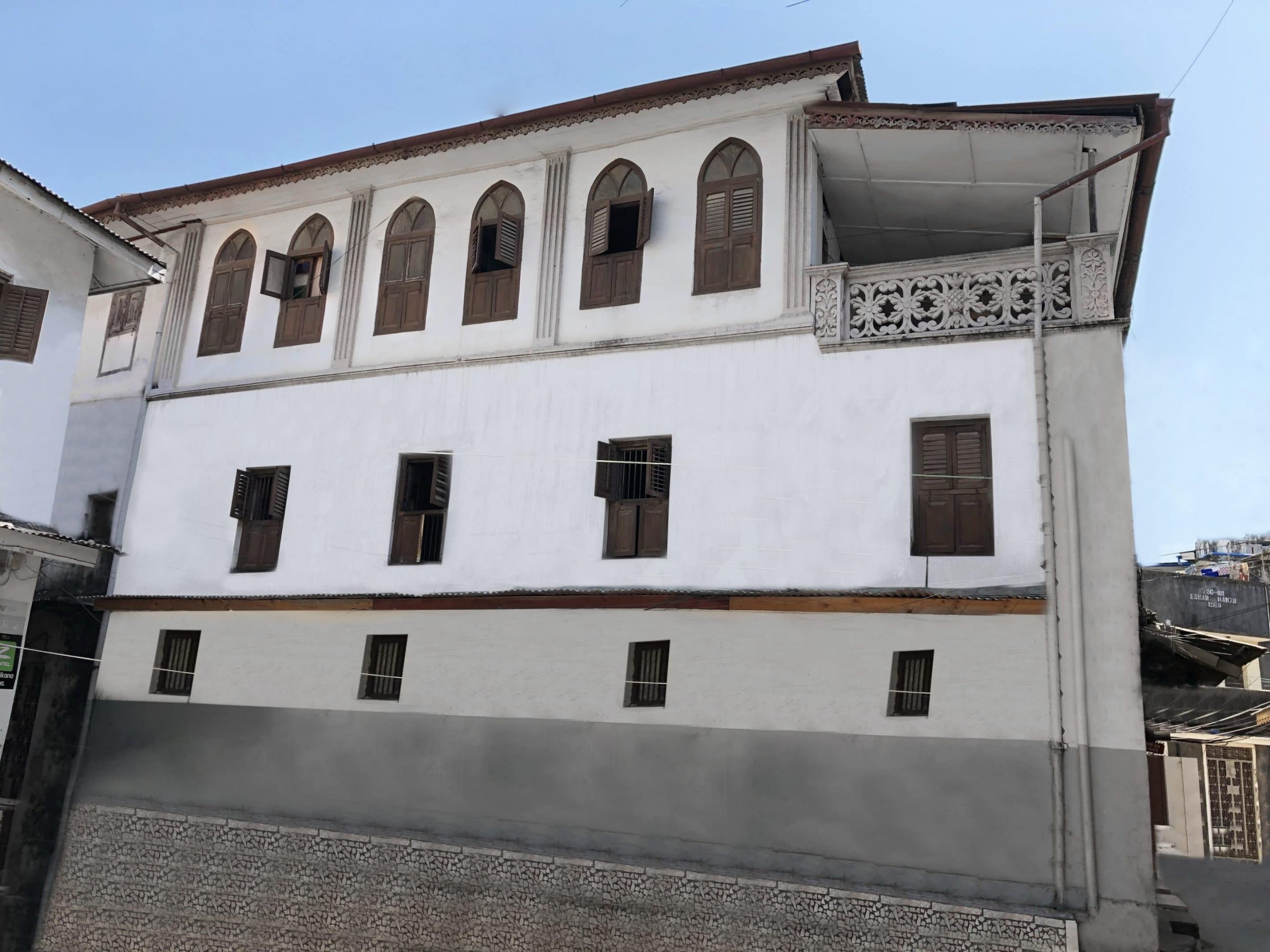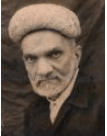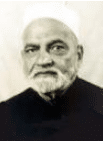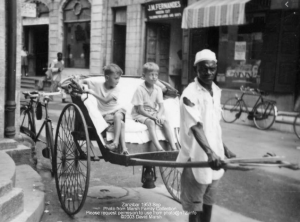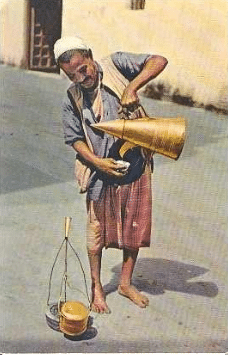These brothers arrived penniless in Zanzibar after migrating from Kutch, Gujrat, in India via Aden. They worked as collies (porters) to make a living, but they were paid in dates instead of money for their labor. Thankfully, they were able to sell the dates and get cash.
Thus, their lives in Zanzibar began.
The Alloo brothers had entrepreneurial spirits, like most people who migrated in that era. They began selling “Gubiti,” a candy made from mixing Gor (Guru, brown sugar) and stretching it between two bolts to achieve the desired elasticity. The candy was then transferred to a pole, wrapped like a snake, and paraded around the street as a sweet treat. When people purchased the candy, the brothers would cut a small piece from the pole.
But this wasn’t the only business the brothers delved into. They ventured into other businesses and eventually made enough money to build the Sokomohogo house.
The Sokomohogo house was a large two-story building that included business offices, storage (godown), and living quarters. On the ground floor, there were two offices and a large storage warehouse, and the first and second floors were dedicated to living quarters.
The first floor had four bedrooms, 2 showers and 2 toilets, a storeroom, a kitchen and dining room, and a loft area, just after you climb the stairs, where we gathered to play or receive visitors. The second floor had five bedrooms, 2 showers and 2 toilets, a kitchen and dining area, and a veranda (“Gelleri,” as we called it) that served as a play area for the children and relaxing escape for the ladies in the evenings. You can see a video on www.Alloo.family to get a feel of the house.
Every Friday on the ground floor, Bapa Pemba had a rickshaw ride. A rickshaw is a cart pulled by a person, used as a taxi at the time. Dressed in an immaculate white kurta and pajama and a Zanzibari (Omani) cap, Bapa Pemba would go around the town.
The ground level also housed offices and in a corner a store/date shop. Dates had a special allure for the brothers because of their first experience selling them when they arrived in Zanzibar. Bapa Pemba would sit on a mattress with his cash box and a glass top cabinet that displayed the dates for potential customers to see. The stock dates were stored in the bottom of the same cabinet. A manual scale sat next to the cabinet to weigh the dates before he gave the dates to the customers.
Musa Hajaam, the family barber, would come every two weeks to cut everyone’s hair, right there in the foyer. Musa was on a monthly retainer and the haircuts were one style fits all – we never had a choice in the matter. Not sure if Musa knew any other style. His mission was very simple make the hair shorter! Looks or styles was never a consideration.
After our haircuts, we gathered in the foyer to receive an herbal laxative –whether we needed it or not. This was made of some herbal leaves (Mindhiawar), tasted awful, and was made by a doctor at the Ithna’asheri Dispensary. We called it “Julab ya Datctar,” or (laxative/diarrhea of the doctor). Some of us tried to evade it, but it was always in vain. The adults, especially Phui Saku, knew our evasive tactics and always caught us and gave us the cup to drink.
These are just a few of the Sokomohogo house memories of the ground floor.
If you enjoyed them and you’d like to hear stories from the first and second floor, write to us! It will motivate us to write and share more stories with you.
